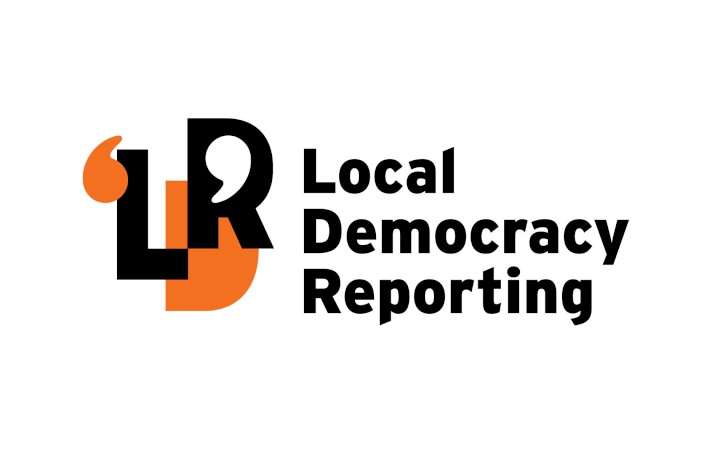Whakatāne District Council plans to create no new staff roles in year two of its Long-term Plan 2024-2034.
The 10-year plan, adopted in August, approved 32 full-time equivalent new staff members in its first three years. At a briefing on Wednesday, a report showing budget adjustments for the 2025-2026 Annual Plan these had been reduced to 26 over the three years.
There were 13 new positions created in the first year, slightly more than the 10.75 approved in the long-term plan. However, 16.25 had been planned for year two, from July 1, 2025 to June 30, 2026 and this has been reduced to none.
Five new roles were approved for year three, 2026-2027, and this has been increased to 13.
Chief executive Steven Perdia said councillors had been uncertain about proposed staff increases at the end of the long-term planning process.
“We’ve got enough FTE (full-time equivalent staff) and enough work programme to go through a period of consolidation.”
He described the 13 new positions proposed for year three as “a bit of a safety net for the council after the election”.
While the reduction of new staff roles was not expected to cause any loss to levels of service, areas that have been identified as being most at risk from staff shortages are community regulation, finance and legal support and three waters.
Mayor Victor Luca described it as a move in the right direction.
“At the start of the LTP process my wish was for zero FTE and to do more with less as times were tough. We ended up with 32 and we’ve got it down to 26 without sacrificing any level of service. I’m really pleased to see we’ve knocked off seven.
He said he had a problem with how new roles were decided on.
“In my previous job, if you needed a new person as a manager of a project or whatever, you would have to write a detailed proposal and business case. Here, the call is really left up to you guys. For me, that’s all a bit loose and I think it could be done a lot better.
These reductions in new roles have already been incorporated into potential savings of more than $5 million in the year two proposed budget presented to councillors in December. Additional budget variations amounting to increased costs of less than $800,000 were presented in Wednesday’s report.
Drivers for increased staffing levels within the council were listed and included some operations and management being brought in-house, increased in emergency management demand, development of the Māori partnerships team and functions within the council that were identified in 2020 as being absent or under resourced.
The Māori partnerships team had accounted for three of the new roles in the long-term plan. The recent adjustments allowed for two new roles in year three, on top of the two new roles created in year one.
Councillor Toni Boynton highlighted the fact that since the development of the Māori partnerships team there had been no legal actions taken against the council by local iwi or hapū which had created a massive saving for the council in litigation costs.



 Gordon Campbell: On The Fall And Rise Of Pat Garrett And Billy The Kid
Gordon Campbell: On The Fall And Rise Of Pat Garrett And Billy The Kid NZ Labour Party: Two Labour Members’ Bills Drawn From Ballot
NZ Labour Party: Two Labour Members’ Bills Drawn From Ballot Green Party: Right To Repair Bill Passes Significant Step
Green Party: Right To Repair Bill Passes Significant Step Te Pati Maori: No ‘Māori Privilege’ In Education
Te Pati Maori: No ‘Māori Privilege’ In Education Peace Action Wellington: No To Anti-Protest Law
Peace Action Wellington: No To Anti-Protest Law Public Service Commission: Findings Of Inquiry Into Protection Of Personal Information Released
Public Service Commission: Findings Of Inquiry Into Protection Of Personal Information Released NZ Principals Federation: Minister's View Not The Experience Of Schools, Say Principals
NZ Principals Federation: Minister's View Not The Experience Of Schools, Say Principals


